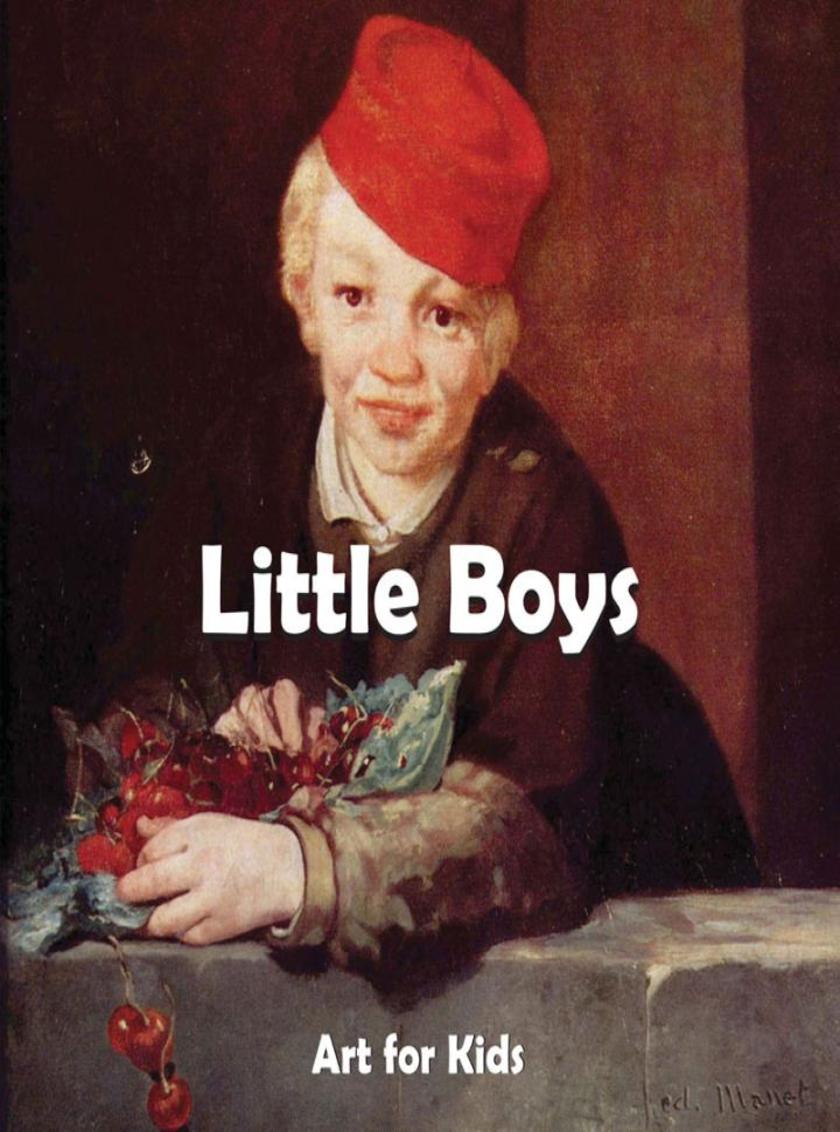
Little Boys
¥61.23
Ever since the ancient greeks sculpted the first kouros, children have been a source of inspiration for some of the world’s greatest artists. Whether portraits of their own children, friends, and family members, or a nostalgic psychological portrayal of the artist’s own youth, depictions of children in art remain arresting examples of an intersection between the picturesque innocence of childhood and the methodical work of adult artistry. In this delightful new puzzle book, children get a chance to see little boys and girls just like them as portrayed by great artists, learning about how children grew up throughout history while experiencing a genuine connection with works of artistic genius.
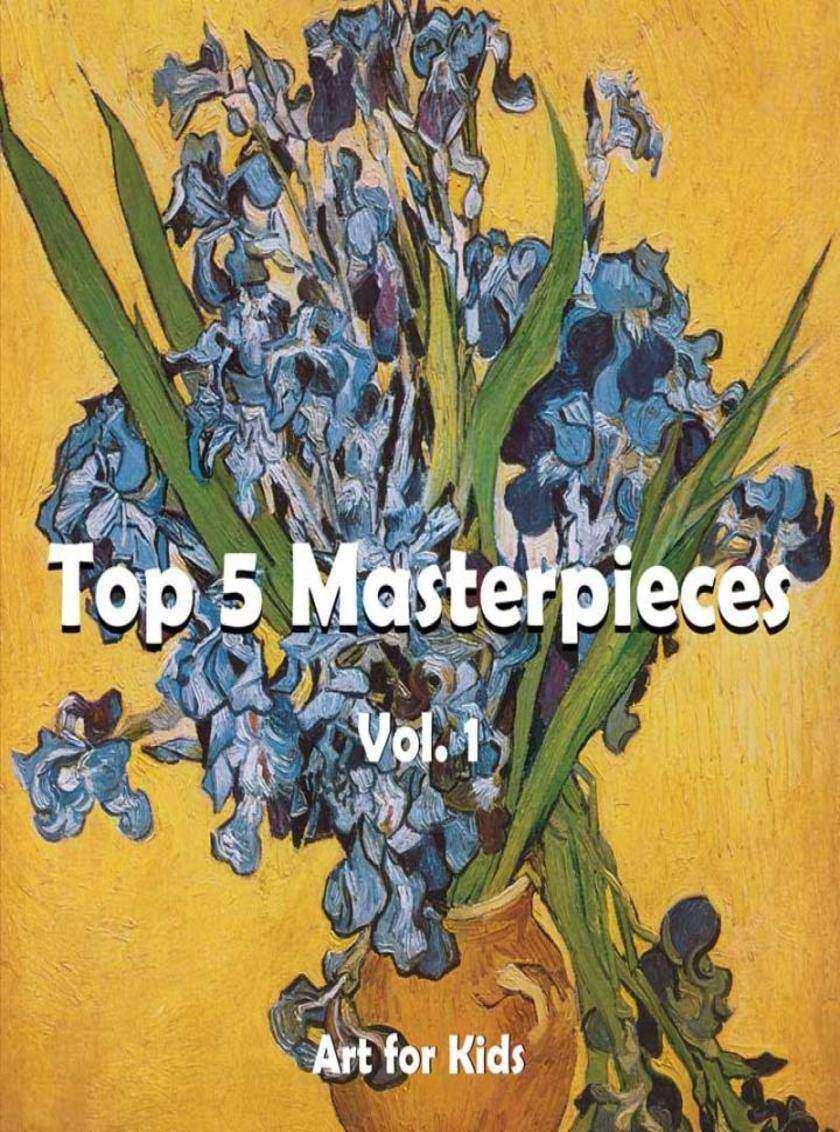
Top 5 Masterpieces vol 1
¥61.23
Ever since the ancient greeks sculpted the first kouros, children have been a source of inspiration for some of the world’s greatest artists. Whether portraits of their own children, friends, and family members, or a nostalgic psychological portrayal of the artist’s own youth, depictions of children in art remain arresting examples of an intersection between the picturesque innocence of childhood and the methodical work of adult artistry. In this delightful new puzzle book, children get a chance to see little boys and girls just like them as portrayed by great artists, learning about how children grew up throughout history while experiencing a genuine connection with works of artistic genius.
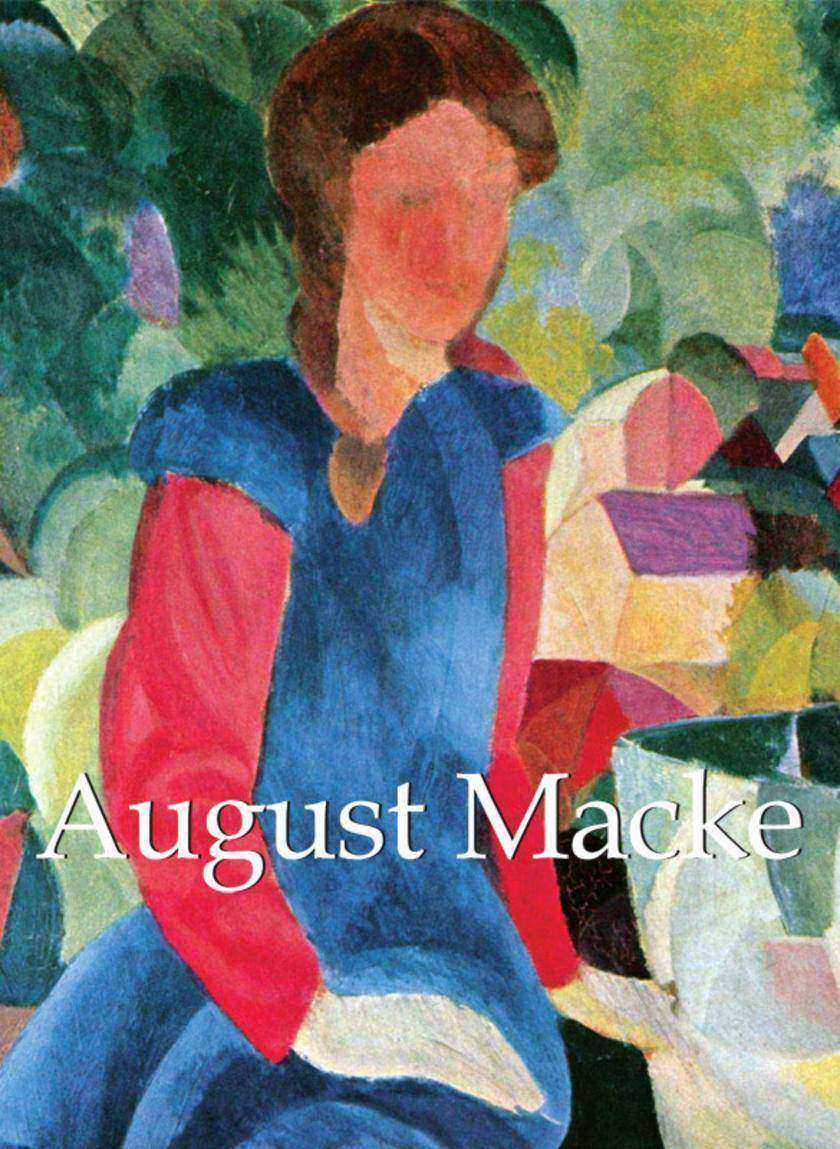
August Macke
¥61.23
奥古斯特·麦克(1887-1914),德国表现主义大师。德国表现主义萌芽于19世纪早期,主张放弃勾勒物理实在的艺术,转而致力于谋求情绪的表达,尤其注重于表达悲惨和恐惧的黑暗情绪。麦克是色彩与形体大师,创作了很多吸引人眼球、引起观赏者强烈共鸣的作品。他的笔下既有阳光明媚的突尼斯街道,也有阴云密布的波恩大教堂和那些不知名的拥挤的火车站。在这本书中,作者沃尔特·科恩回顾了这位艺术家短暂的一生,看似潜力无限的他,却终英年早逝。
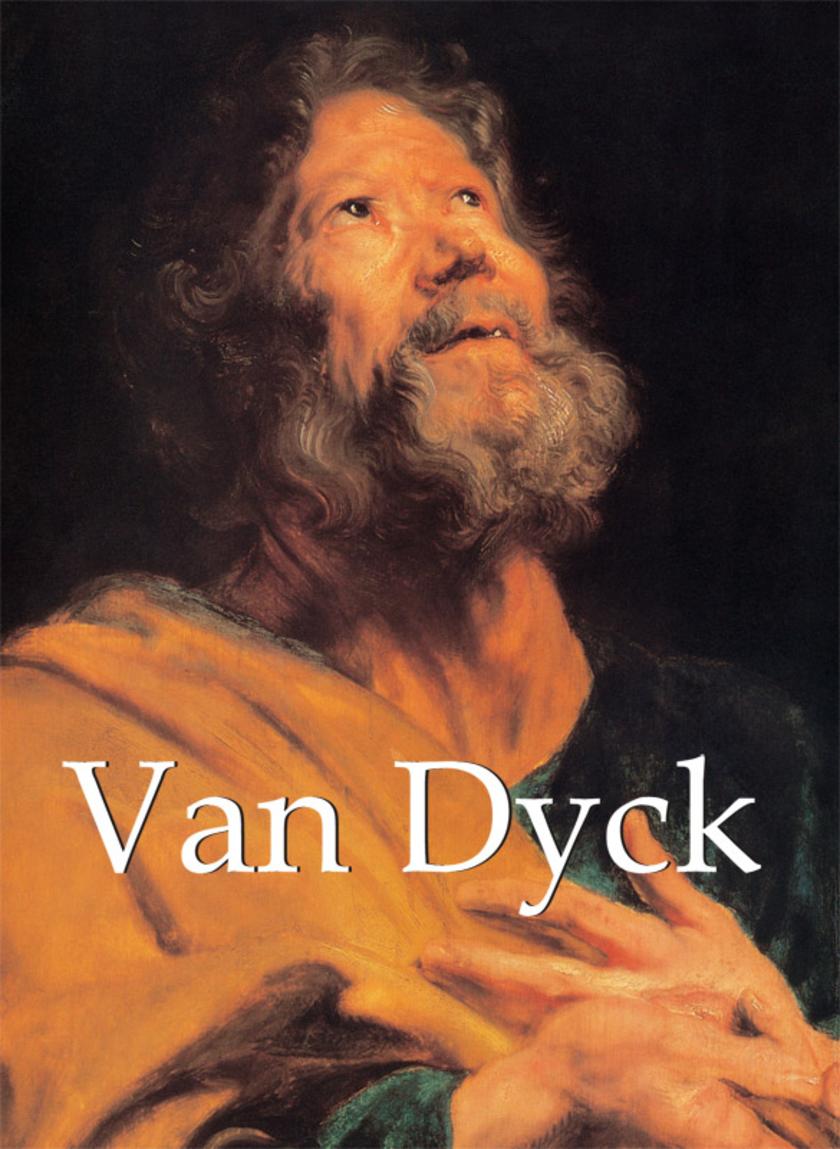
Van Dyck
¥61.23
安东尼·凡·代克(Anthony Van Dyck,1599-1641)在年近十六岁之时就有了自己的个工作室,从那时起他便在艺术界堪称传奇人物。荷兰著名画家鲁宾斯(Rubens)是代克的启蒙导师,他评价代克为自己有才华的学生。代克之后成为了英格兰和西班牙著名的宫廷画家,也算是不辱才华之名。历史学家、学者和艺术爱好者也欣赏他的作品的复杂精妙和永恒之美。在这本引人入胜的小册子是凡·代克那几十年的艺术生涯的缩影,娜塔莉亚(Natalia Gritsai)将凡·代克一生杰出的作品奉献给了读者。
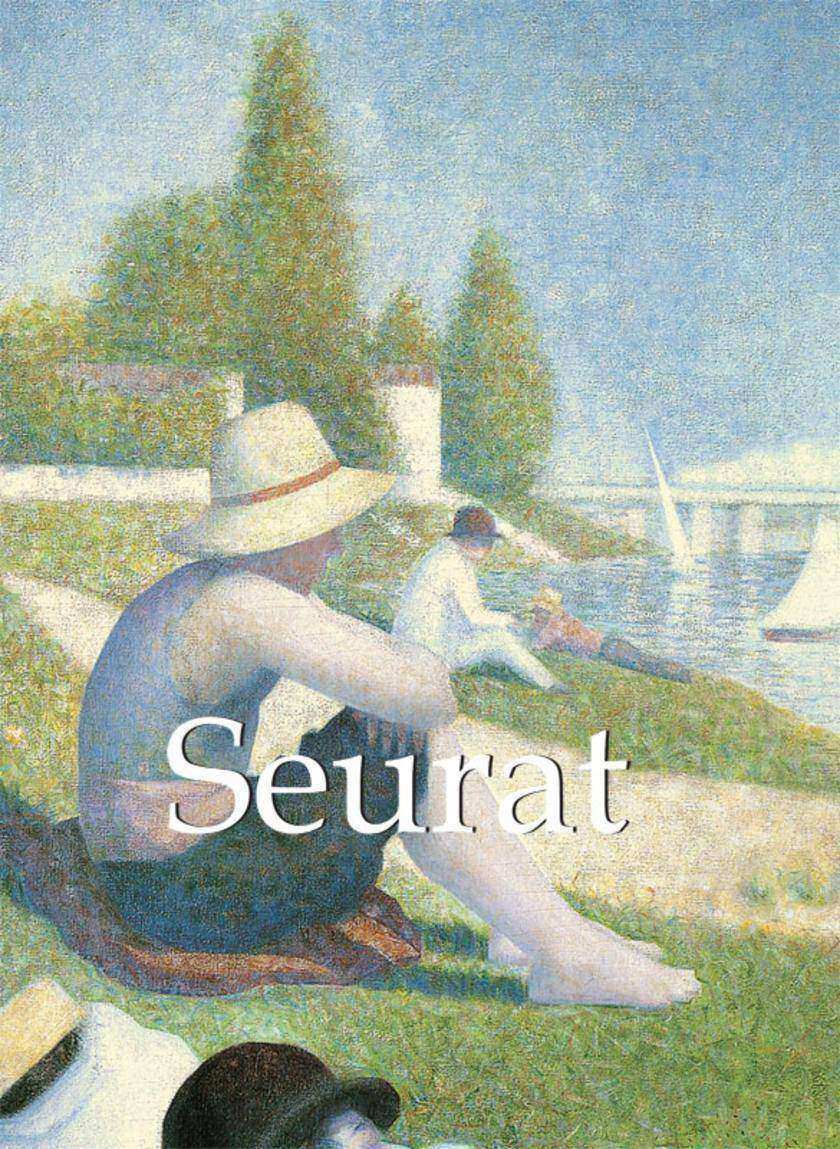
Seurat
¥61.23
乔治·修拉(1859-1891)因点描绘帆布画的复杂精细而闻名于世,他将艺术和科学精妙地结合,创造了世人瞩目的成果。修拉那错综复杂的绘画需要好几年才能完成,给观赏者带来的是一场科学的复杂性和视觉的震撼性的华美盛宴。他的《大碗岛的星期天下午》(Un Dimanche Après-Midi à l’le de la Grande Jatte)是二十世纪艺术中为珍贵和杰出的作品之一。Klaus H.Carl 给读者们带来的是修拉点描绘画杰作背后那些详尽的科学技巧,惊鸿一瞥,但足饱眼福。
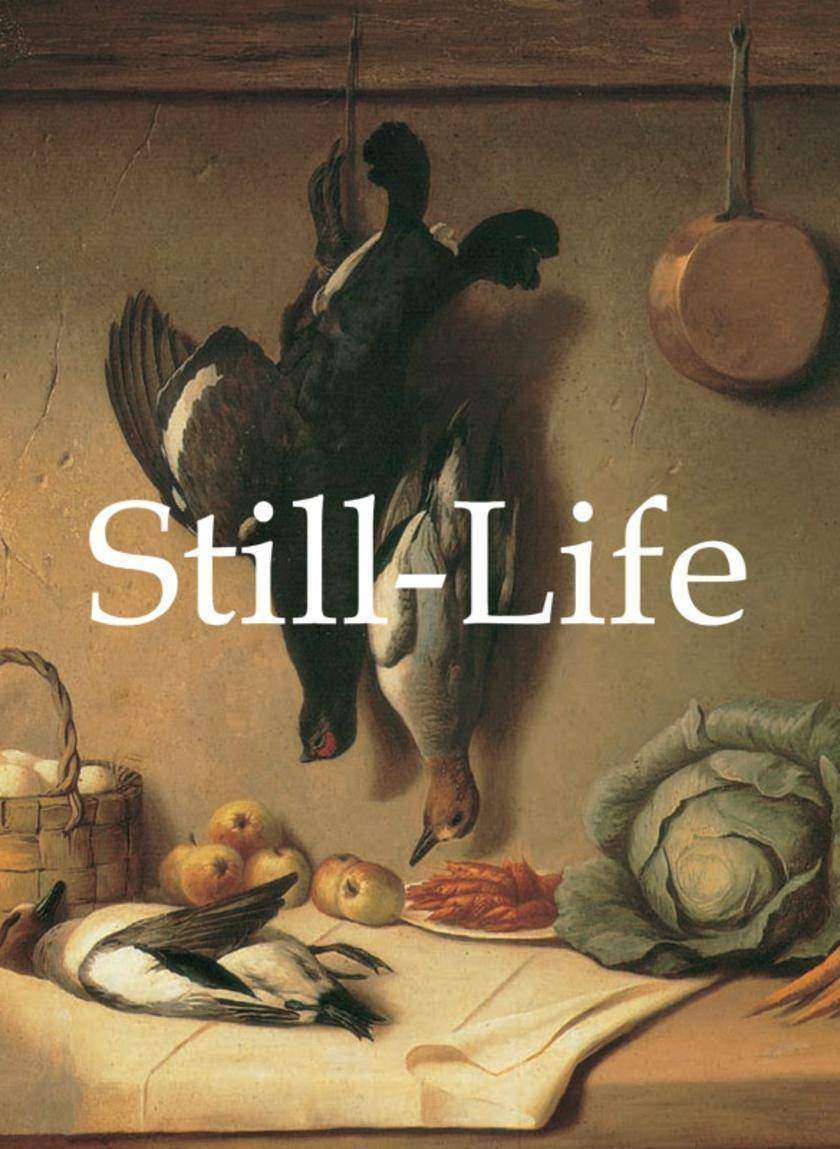
Still Life
¥61.23
Cézanne transformed a teacup into something alive, raising still-life to the point that it ceased to be inanimate. Wassily Kandinsky said about the French artist: “He painted these things as human beings because he was endowed with the gift of divining the inner life in everything.” In addition to those of Cézanne, this book is devoted to still-life paintings by artists such as Van Gogh, Matisse, Chardin and Picasso.
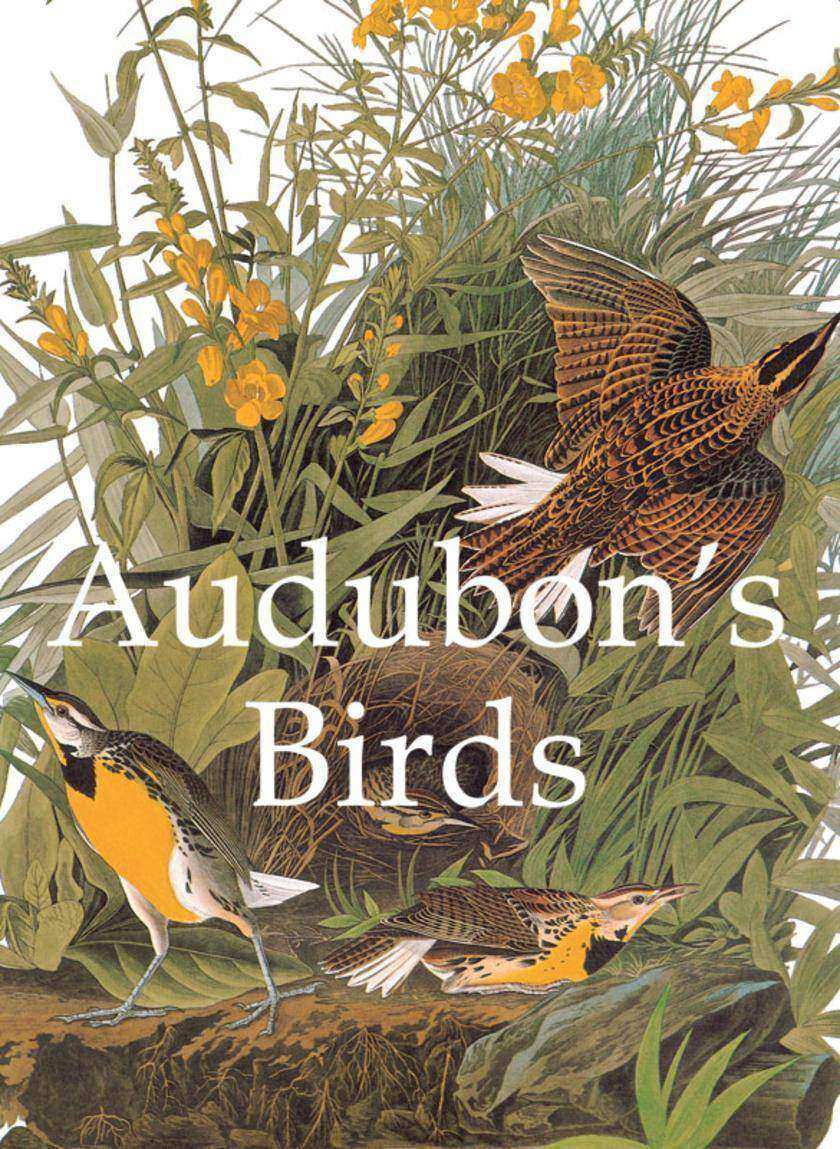
Audubon's Birds
¥61.23
Audubon’s ambitious project to paint all the birds of North America resulted in a work that represents one of the greatest advances in ornithology. Not only did he identify new species, he also depicted birds within their natural habitat and in vivid poses. This impressive collection ranges from the Greater Flamingo and Bald Eagle to the Carolina parakeet. Audubon describes every species in concise texts, drawing attention the peculiarities of each bird.
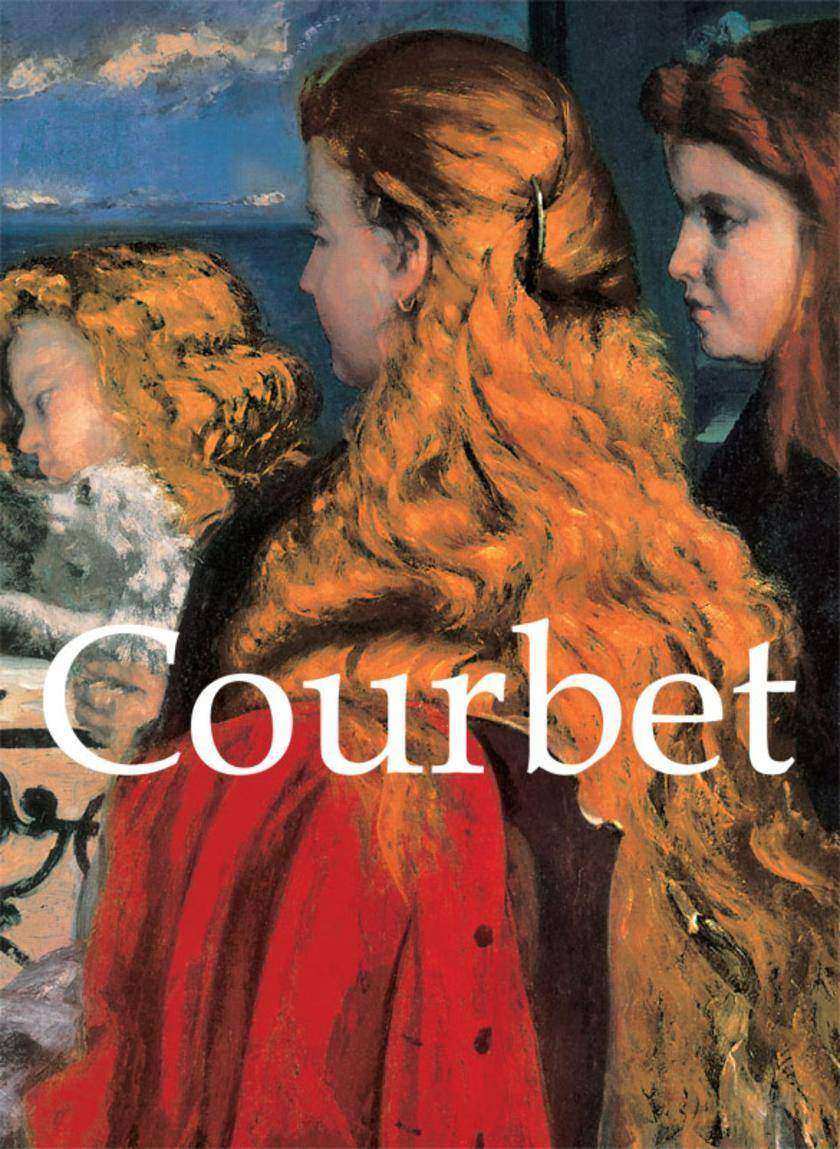
Courbet
¥61.23
居斯塔夫库尔贝(Gustave Courbet,1819--1877)的出生地奥尔南(Ornans)靠近美丽的杜河峡谷的地方,也正是这个地方,让这个男孩成长为男人,并培养了他对于这片风景的热爱。 在本质上,他是个革命者,天生具有反抗现存秩序和独立的精神;他咆哮和残酷的性格使得他的革命性不仅仅体现在艺术中,也体现在政治上。在这两个方面,他的革命精神不证自明。他到巴黎去学习艺术,但是他却不属于任何一个著名的大师的工作室。在此之前在母国,他只学习了很少的绘画技巧,他更愿意去卢浮宫中学习大师的杰作。初,他的绘画作品还不足以引起任何的反对声音,并被一些美术展览馆收录。而面对之后的《奥尔南的葬礼》,批评家激烈地抨击道:“这是一场伪装的葬礼,在这六米长的画布中,只有啼笑皆非,没有痛哭流涕。”确实,对库尔贝作品真实的攻击便是鲜活的血肉。他真实地刻画了男男女女的真实面貌和他们从事的事情。他笔下的人物,绝非剥夺了个性、理想化类型的男男女女,也绝不是摆着造型来装饰画布。他宣扬真实的、原本的东西,宣称真理才是艺术家追求的目标。所以,在1855年的世界博览会上,他将他的作品从展览厅中取出,放在入口外的一个小木厅旁。在小木厅上他悬挂了一张大写的横幅,上面写着:“库尔贝——现实主义者。”和每一个革命者一样,库尔贝也是位*主义者。他忽视了这样的事实:自然的真理隐藏在不同的伪装下,不同的视角和经历都会对其有所影响。相反,他坚持认为艺术仅仅是自然的复制品,重新选择和排列也就无关紧要了。在追求美的过程中,库尔贝常常选择那些比较丑陋的主题。但是他同样也有审美观,这体现在他的风景画中。这种美感与他深厚的情感相混合,体现在了他的海景画中——他后一幅令人印象深刻的作品。不仅如此,无论是否吸引观赏者,他所有的作品都证实了他是一位强有力的画家,以宽广、自由的姿态,色彩的美感和坚固的颜料,使得他的代表作真实而震撼人心。
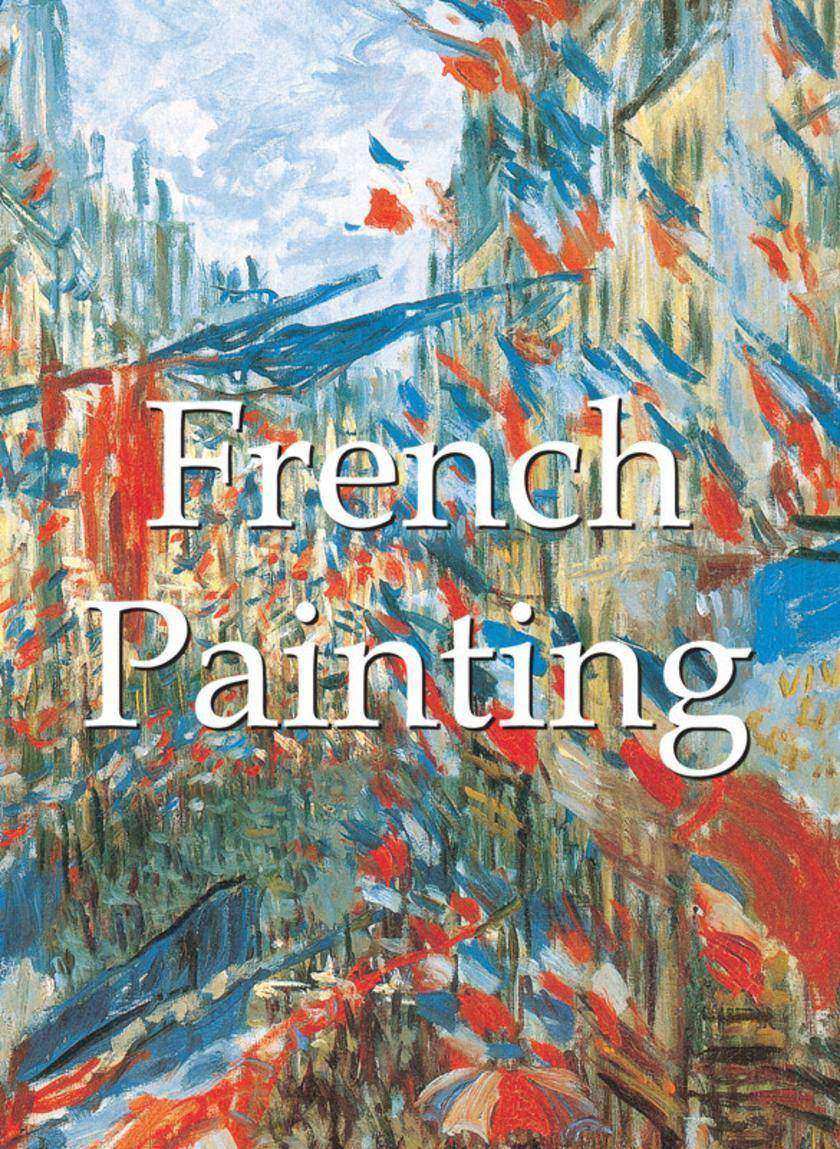
French Painting
¥61.23
The influence of works by French artists extends itself across all artistic styles, and many French works have gained world fame as classics. This book gives an overview of the French milestones in still lifes, portraits, and landscapes, and includes artists like Poussin, Clouet, Moreau, Millet, Courbet, Signac, and Rouault. The convenient format makes the Mega Square edition an ideal gift for any art lover.
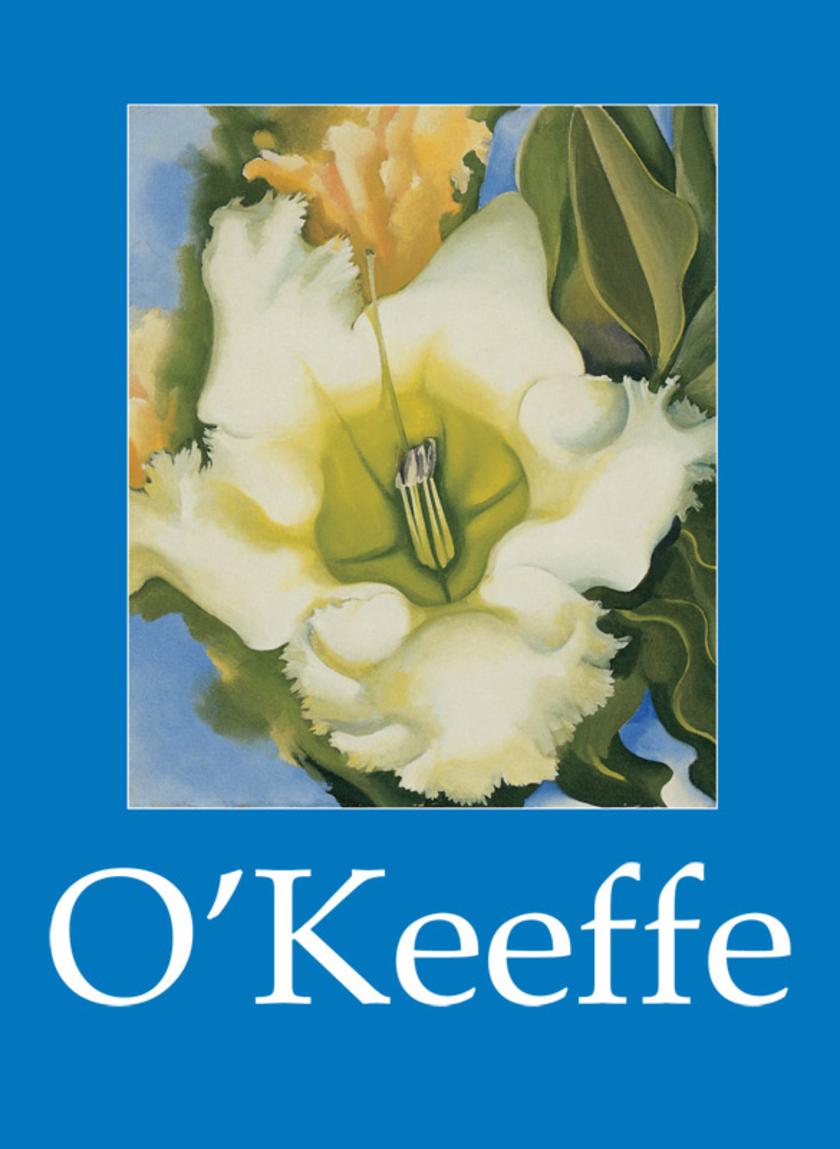
O'Keeffe
¥61.23
In 1905 Georgia travelled to Chicago to study painting at the Art Institute of Chicago. In 1907 she enrolled at the Art Students’ League in New York City, where she studied with William Merritt Chase. During her time in New York she became familiar with the 291 Gallery owned by her future husband, photographer Alfred Stieglitz. In 1912, she and her sisters studied at university with Alon Bement, who employed a somewhat revolutionary method in art instruction originally conceived by Arthur Wesley Dow. In Bement’s class, the students did not mechanically copy nature, but instead were taught the principles of design using geometric shapes. They worked at exercises that included dividing a square, working within a circle and placing a rectangle around a drawing, then organising the composition by rearranging, adding or eliminating elements. It sounded dull and to most students it was. But Georgia found that these studies gave art its structure and helped her understand the basics of abstra
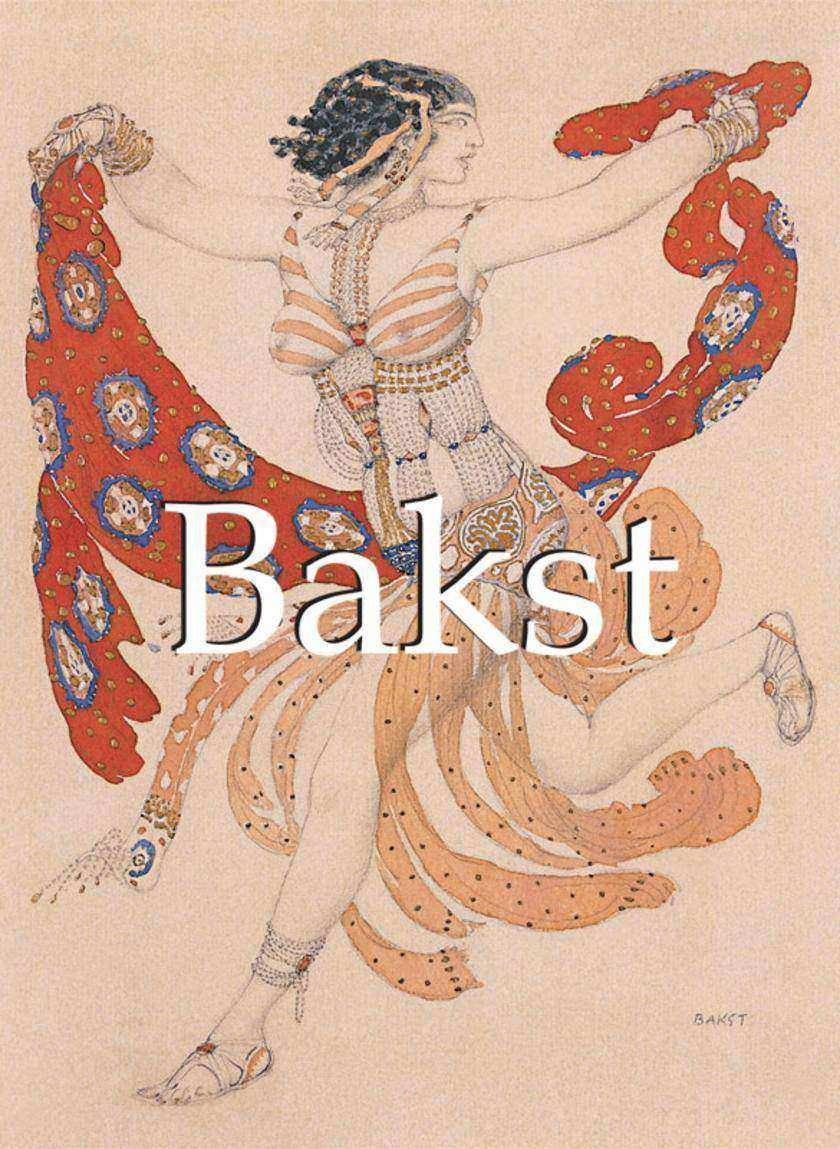
Bakst
¥61.23
Léon Bakst (1866-1924) was a painter, illustrator, stage and costume designer. He is universally acknowledged for representing a synthesis of creative energy in the late 19th and early 20th centuries. Bakst travelled widely throughout Europe and in 1890 joined the World of Art journal circle which numbered many artists among its members, the most famous being Benois and Diaghilev. This book illustrates the wealth of Bakst's contribution to the world of theatre and dance. His best known work includes sets for Stravinsky's Firebird, and Weber's Spectre de la Rose.
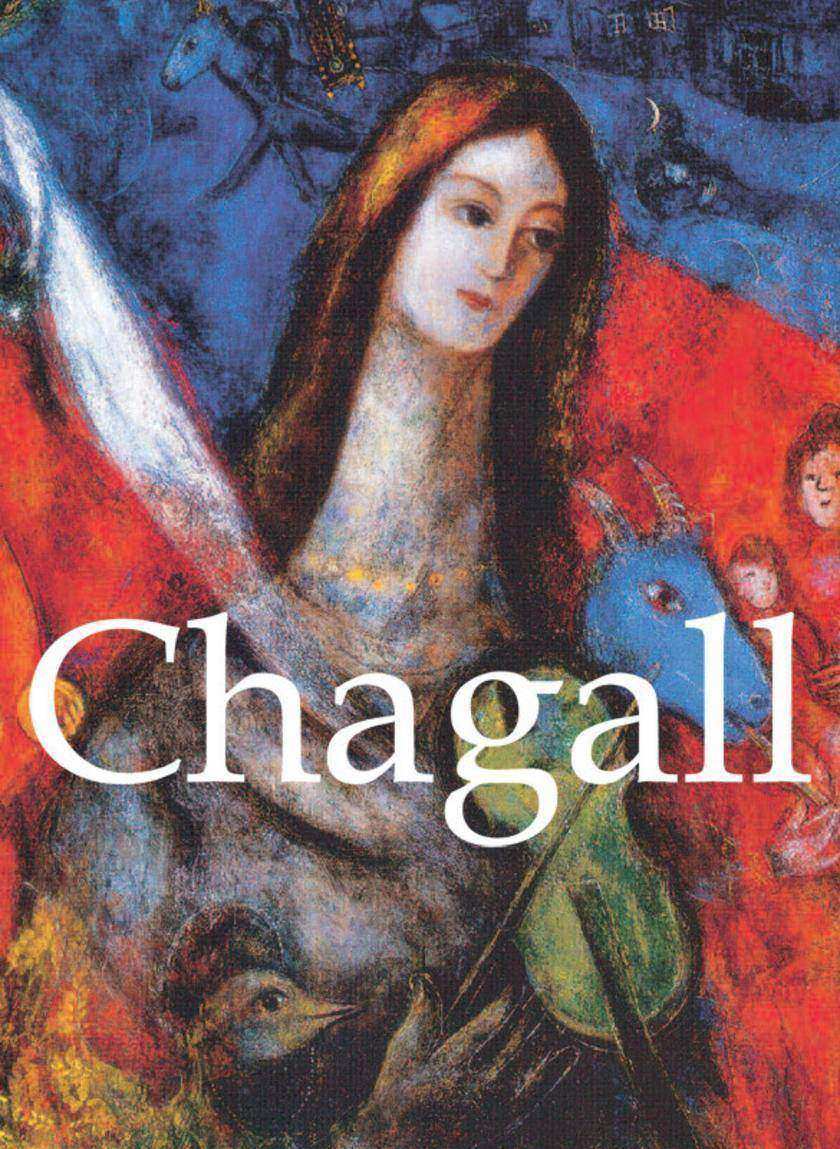
Chagall
¥61.23
Marc Chagall was born into a strict Jewish family for whom the ban on representations of the human figure had the weight of dogma. A failure in the entrance examination for the Stieglitz School did not stop Chagall from later joining that famous school founded by the Imperial Society for the Encouragement of the Arts and directed by Nicholas Roerich. Chagall moved to Paris in 1910. The city was his “second Vitebsk”. At first, isolated in the little room on the Impasse du Maine at La Ruche, Chagall soon found numerous compatriots also attracted by the prestige of Paris: Lipchitz, Zadkine, Archipenko and Soutine, all of whom were to maintain the “smell” of his native land. From his very arrival Chagall wanted to “discover everything”. And to his dazzled eyes painting did indeed reveal itself. Even the most attentive and partial observer is at times unable to distinguish the “Parisian”, Chagall from the “Vitebskian”. The artist was not full of contradictions, nor was he a split personality, but he always remained different; he looked around and within himself and at the surrounding world, and he used his present thoughts and recollections. He had an utterly poetical mode of thought that enabled him to pursue such a complex course. Chagall was endowed with a sort of stylistic immunity: he enriched himself without destroying anything of his own inner structure. Admiring the works of others he studied them ingenuously, ridding himself of his youthful awkwardness, yet never losing his authenticity for a moment. At times Chagall seemed to look at the world through magic crystal – overloaded with artistic experimentation – of the Ecole de Paris. In such cases he would embark on a subtle and serious play with the various discoveries of the turn of the century and turned his prophetic gaze like that of a biblical youth, to look at himself ironically and thoughtfully in the mirror. Naturally, it totally and uneclectically reflected the painterly discoveries of Cézanne, the delicate inspiration of Modigliani, and the complex surface rhythms recalling the experiments of the early Cubists (See-Portrait at the Easel, 1914). Despite the analyses which nowadays illuminate the painter’s Judaeo-Russian sources, inherited or borrowed but always sublime, and his formal relationships, there is always some share of mystery in Chagall’s art. The mystery perhaps lies in the very nature of his art, in which he uses his experiences and memories. Painting truly is life, and perhaps life is painting.
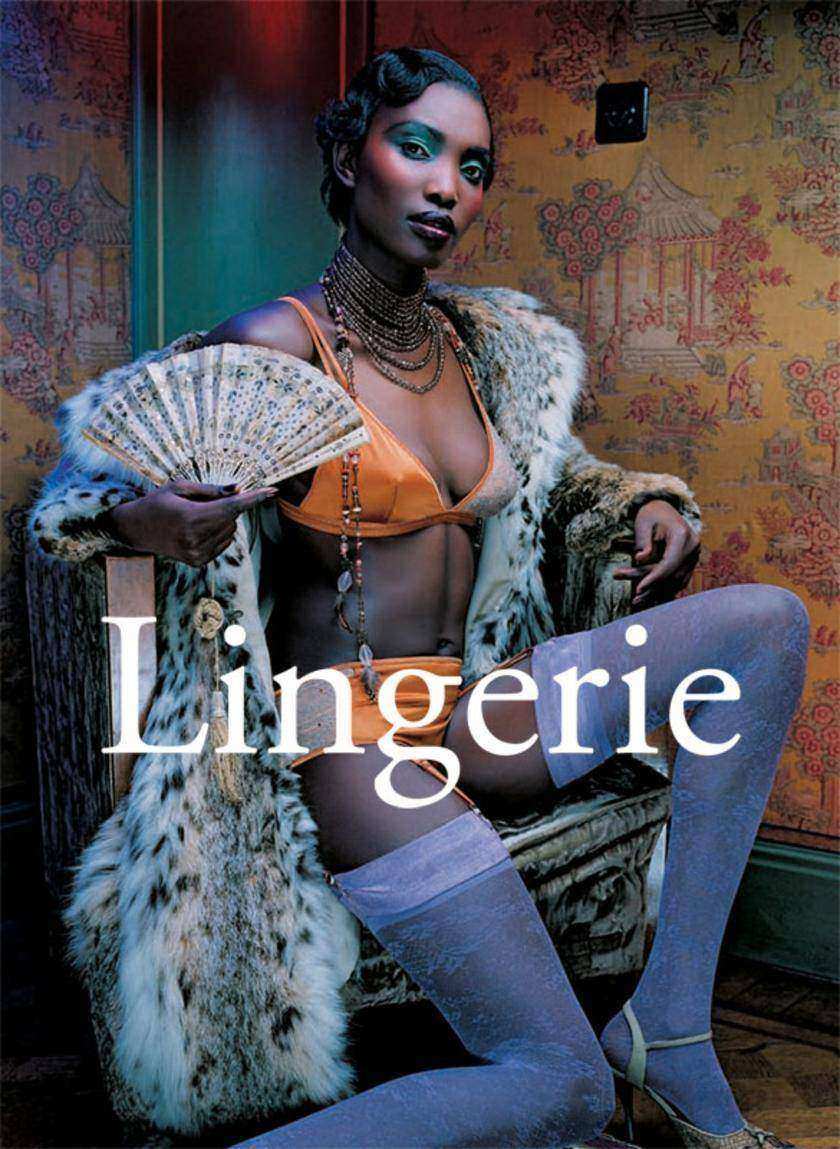
Lingerie
¥61.23
What do the thousands of images of bras and panties on perfectly sculpted bodies that we see spread across billboards and magazines say about our societyMany women indulge in lingerie to please men. Yet, since antiquity, women have always kept lingerie hidden away under outer garments. Thus, lingerie must be more than erotic bait. Authors Muriel Barbier and Shazia Boucher have researched iconography to explore the relationship of lingerie to society, revealing the economy and corridors of intimacy. They correlate lingerie with emancipation, querying whether it asserts newfound freedoms or simply adjusts to changing social values. This Mega Square book contains pictures of lingerie from the 17th to the 21st century.
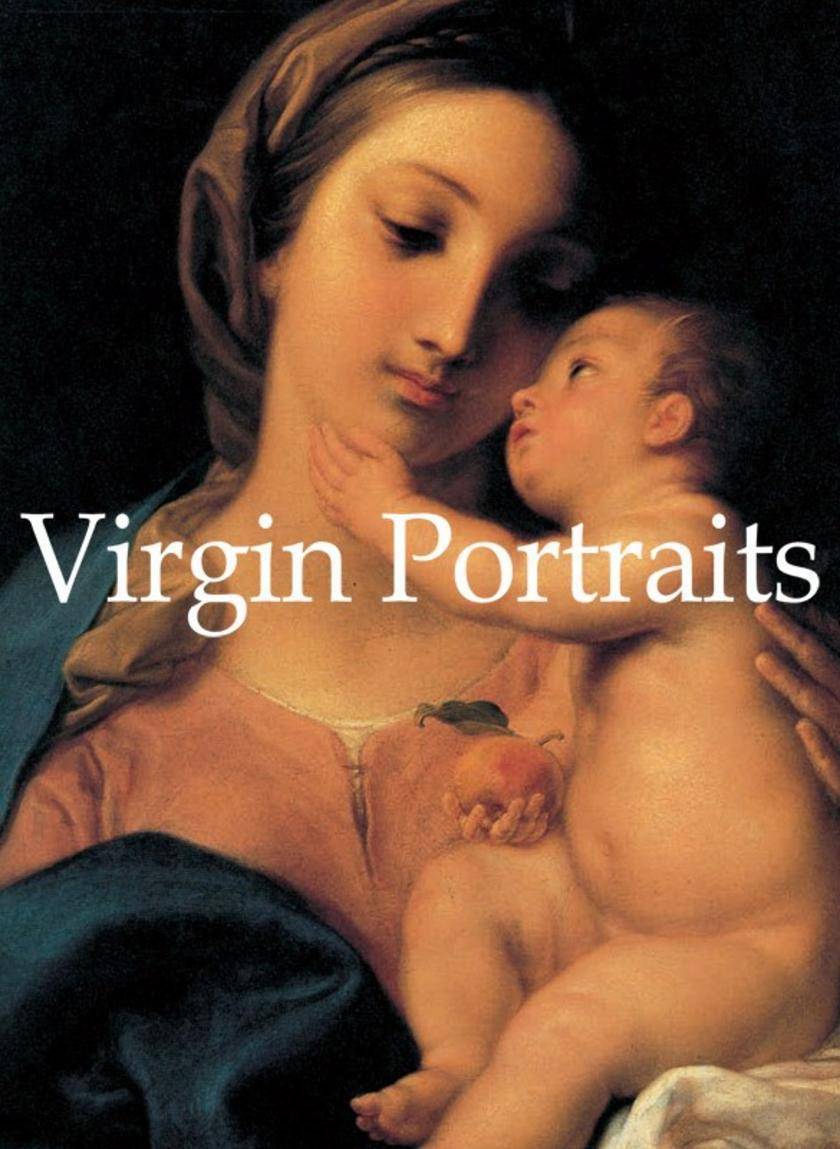
Virgin Portraits
¥61.23
During the Renaissance, Italian painters would traditionally depict the wives of their patrons as Madonnas, often rendering them more beautiful than they actually were. Over centuries in religious paintings, the Madonna has been presented as the clement and protective mother of God. However, with the passing of time, Mary gradually lost some of her spiritual characteristics and became more mortal and accessible to human sentiments. Virgin Portraits illuminates this evolution and contains impressive works by Michelangelo, Caravaggio, Rubens, Fouquet, Dalí, and Kahlo.
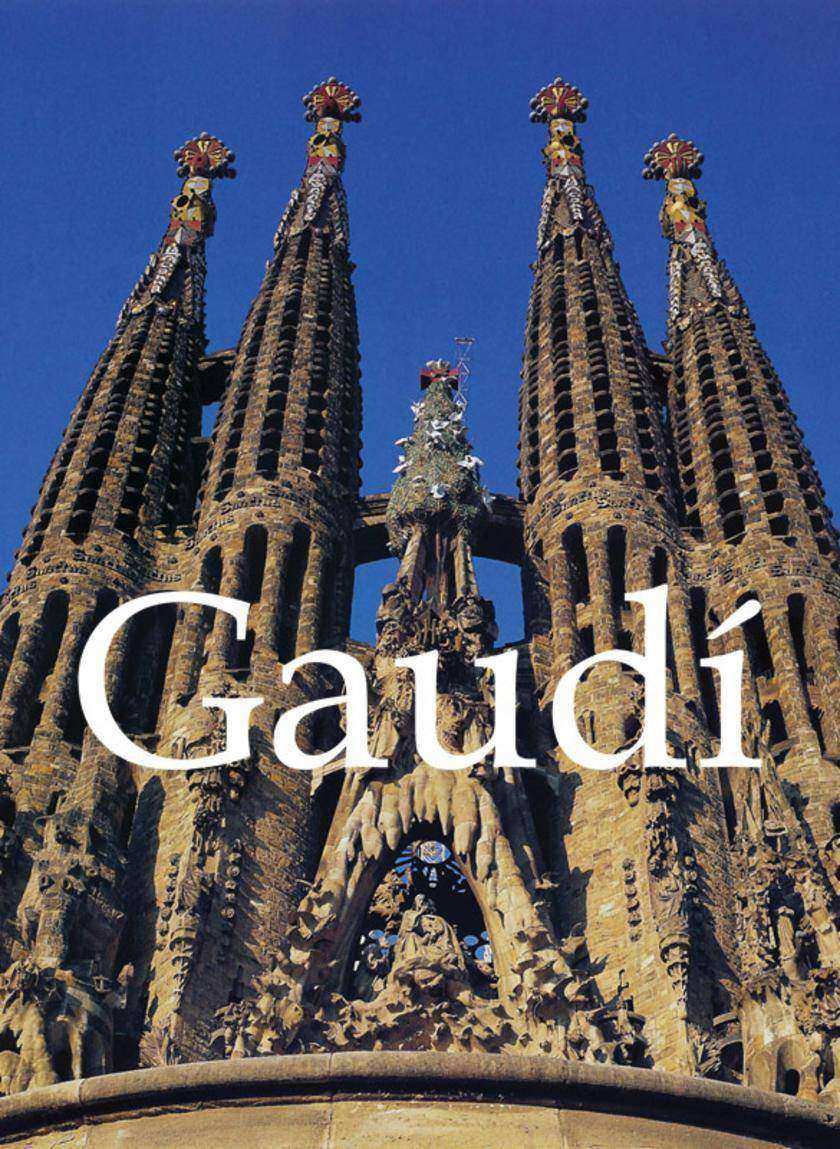
Gaudí
¥61.23
Spanish architect and designer, Antoni Gaudí (1852-1926) was an important and influential figure in the history of contemporary Spanish art. His use of colour, application of a range of materials and the introduction of organic forms into his constructions were an innovation in the realm of architecture. In his journal, Gaudí freely expressed his own feelings on art, “the colours used in architecture have to be intense, logical and fertile.” His completed works (the Casa Batlló, 1905-1907 and the Casa Milà, 1905-1910) and his incomplete works (the restoration of the Poblet Monastery and the altarpiece of Alella in Barcelona) illustrate the importance of this philosophy. His furniture designs were conceived with the same philosophy, as shown, for example, in his own office (1878) or the lamps in the Plaza Real in Barcelona. The Sagrada Familia (1882-1926) was a monumental project which eventually took over his life (it was still incomplete at the time of his death).
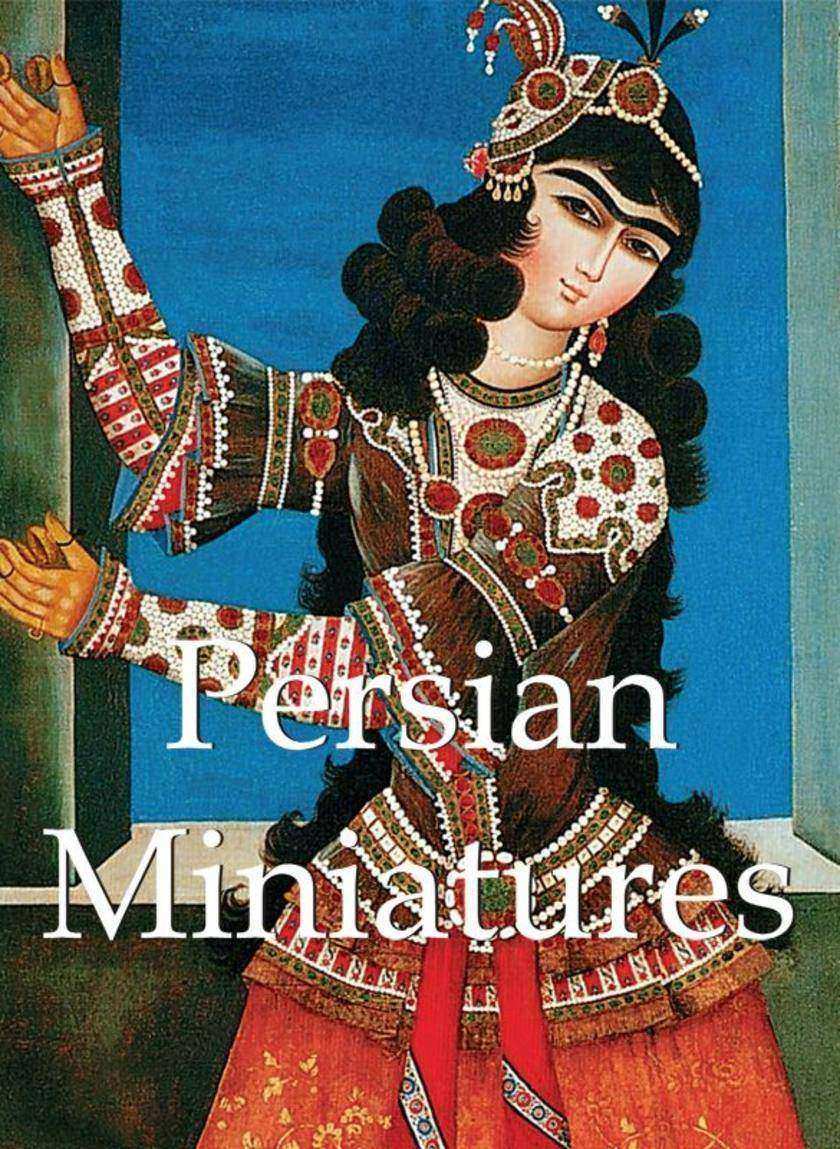
Persian Miniatures
¥61.23
文森特·梵高(1853-1890)是传奇,是被诅咒的艺术家神话的化身,是当代艺术的楷模。作为后印象派运动中表现主义画家,他的艺术在他生前备受误解。在荷兰,他研习农民的人物形象,参与了荷兰现实主义绘画运动。梵高一生忧心忡忡,丧心丧意,创作了超过两千幅艺术作品,但只在生前卖出去了一幅。梵高是一位自力更生的画家,他的作品因为粗犷而富含感情之美而闻名于世,是当今艺术市场上为有名的作品之一。
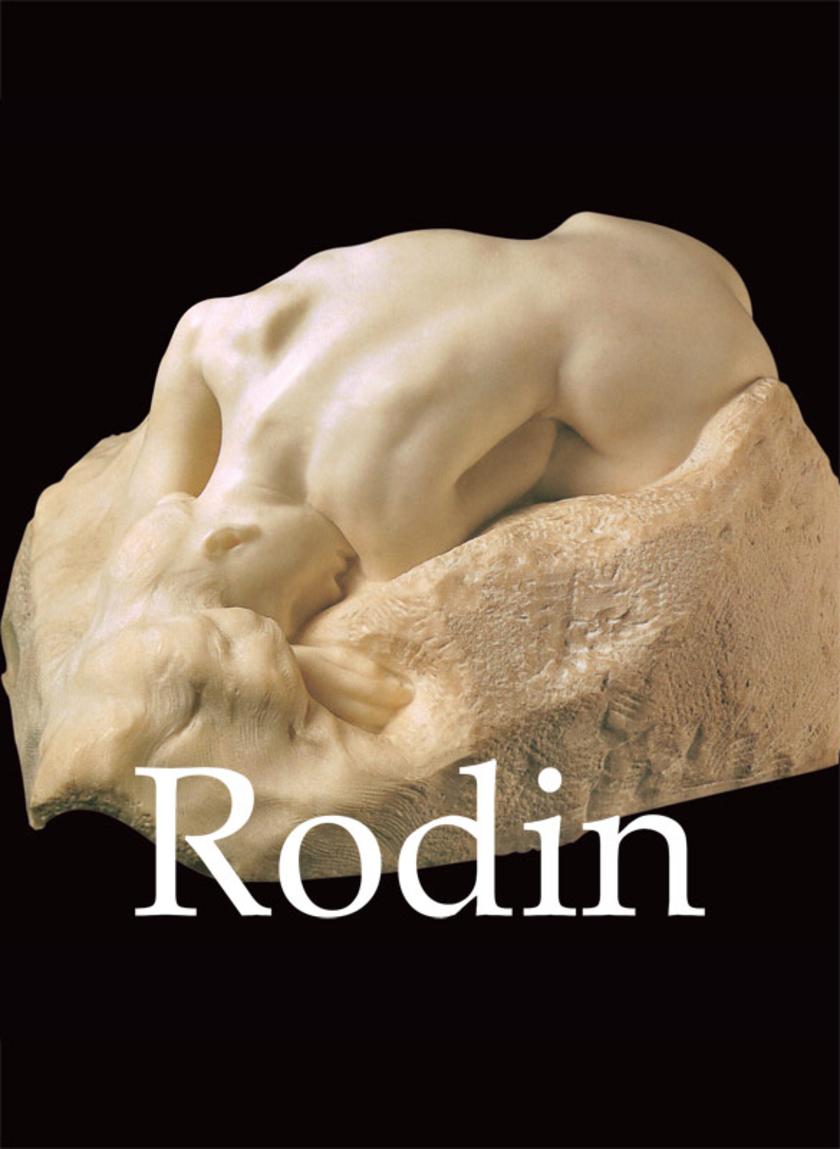
Rodin
¥61.23
受到古典大师——包括天才米开朗基罗和巴洛克雕塑,特别是贝尔尼尼(Bernini)——的影响,奥古斯特·罗丹(Auguste Rodin,1840-1917)是历*为声名显赫的艺术家之一。尽管罗丹被认为是现代雕塑的奠基人,他并不批判过去的古典传统。他的雕塑是批判性的,也是备受争议的,情色荡漾,高度写实。他富创造性的作品抛弃了神话和寓言的传统主题,拥抱人体,高歌个人主义和肉体。这本著作解密了这位备受赞扬的艺术家的事业和人生,探讨了他有名的艺术作品,例如《地狱之门》、《思考者》及“伤风败俗”之作——《吻》。
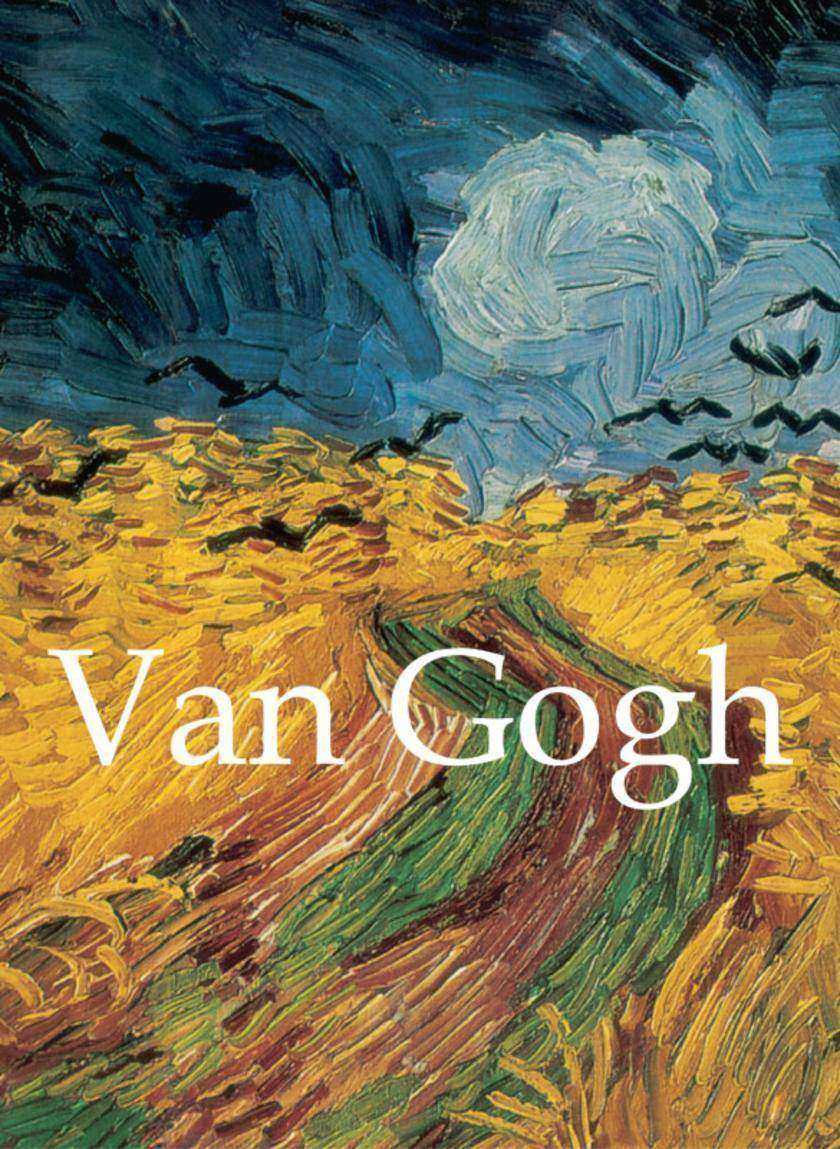
Van Gogh
¥61.23
来吧,来翻来书页欣赏优美的画作,来探索后印象主义的创造性天才——文森特·梵高(Vincent van Gogh)。生动活泼的色彩,异想天开的画笔,这些画作让我们能够洞察梵高波动的内心世界。这本Mega Square的小册子带你领略这位成就非凡的画家。
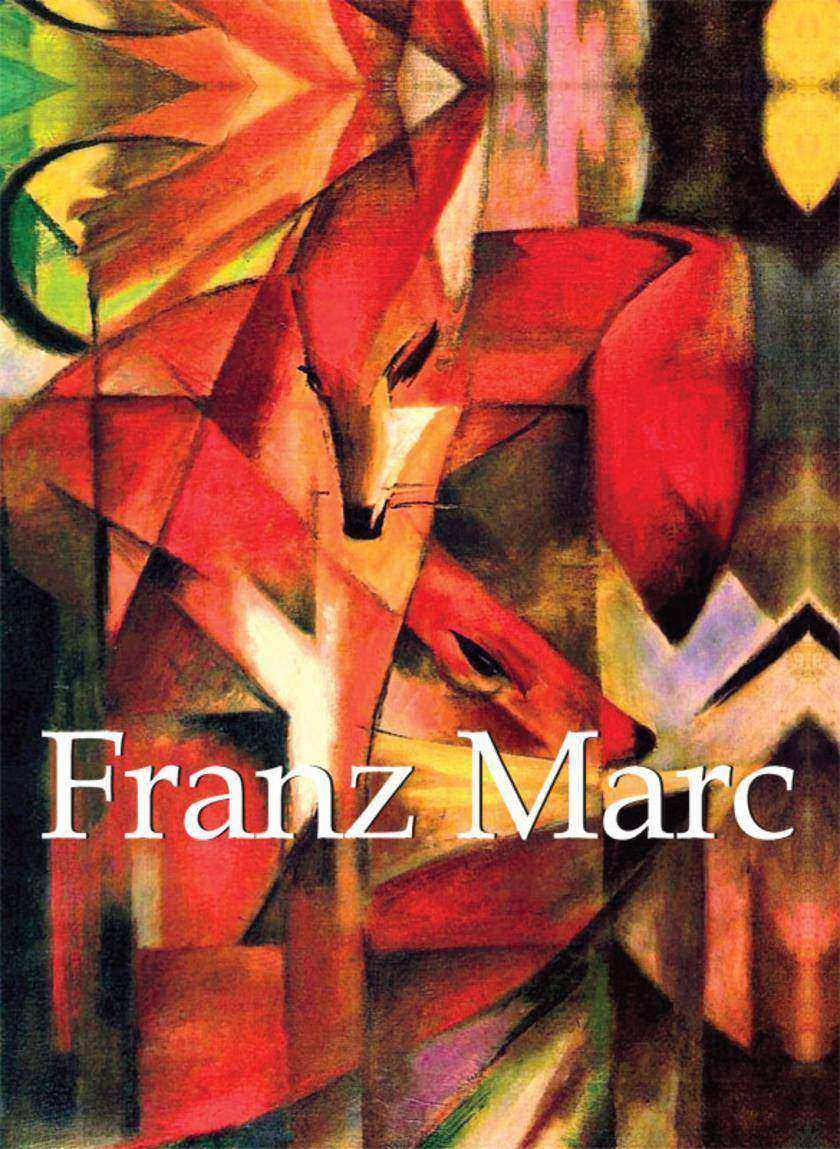
Franz Marc
¥61.23
他曾被纳粹诽谤为“堕落艺术家”,他笔下鲜明的线条和感情充沛的颜色有力地展现了战争的疼痛与创伤,他就是德国画家弗兰茨·马尔克(1880-1916)。在他的名作《动物的命运》中,马尔克创造性地用指直白的情感表达了原始的暴力,他称之为“战争的预感”。终,也正是这种对战争的热情终导致了三十六岁的马尔克的死亡。
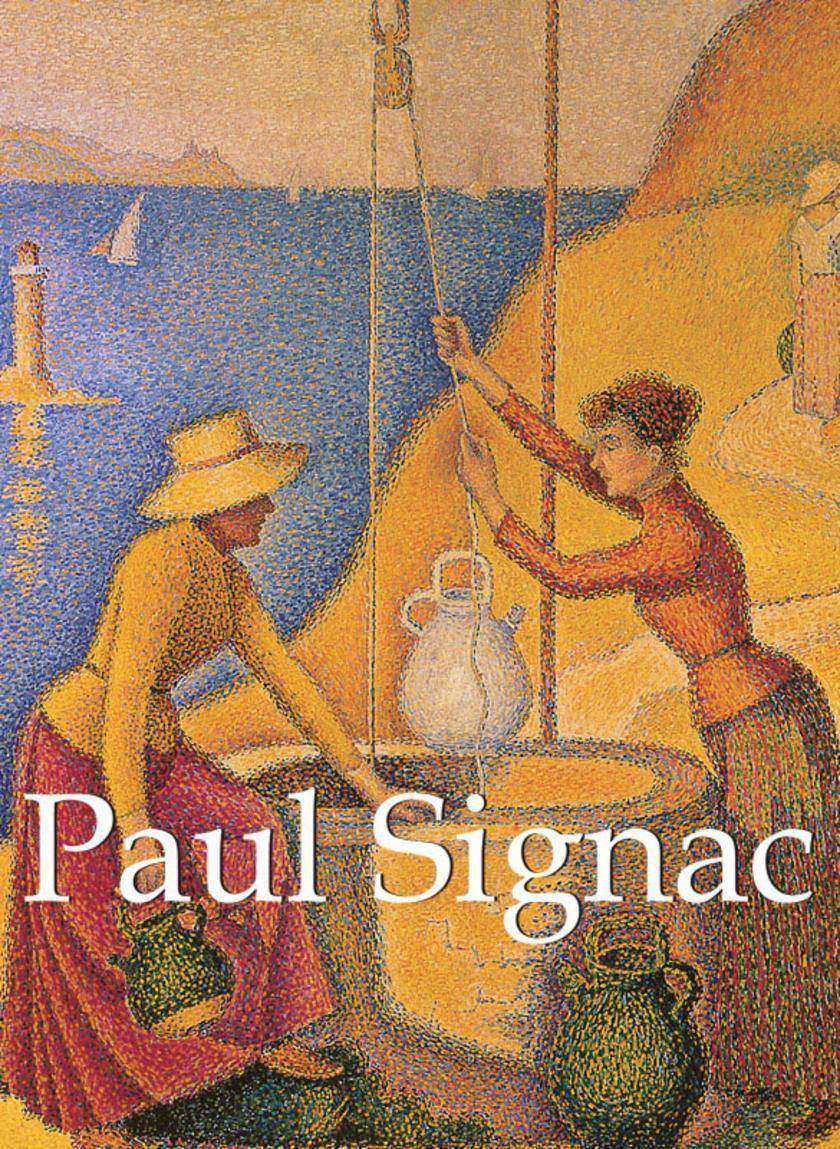
Paul Signac
¥61.23
保罗·西涅克(Paul Signac,1863-1935)在年少之时便深受莫奈的作品的影响,其朋友及师父乔治·修拉(Georges Seurat)是点彩画派大师,将点彩的科学精确性与印象主义色彩和感情的表达相结合。西涅克与文森特·梵高(Vincent van Gogh)也私交甚密,他崇敬梵高的绘画技巧,通过游历全国为那些不朽的画作寻找灵感。这本著作介绍了西涅克纷繁复杂、闻名于世的技巧,也展示了他有名的作品。
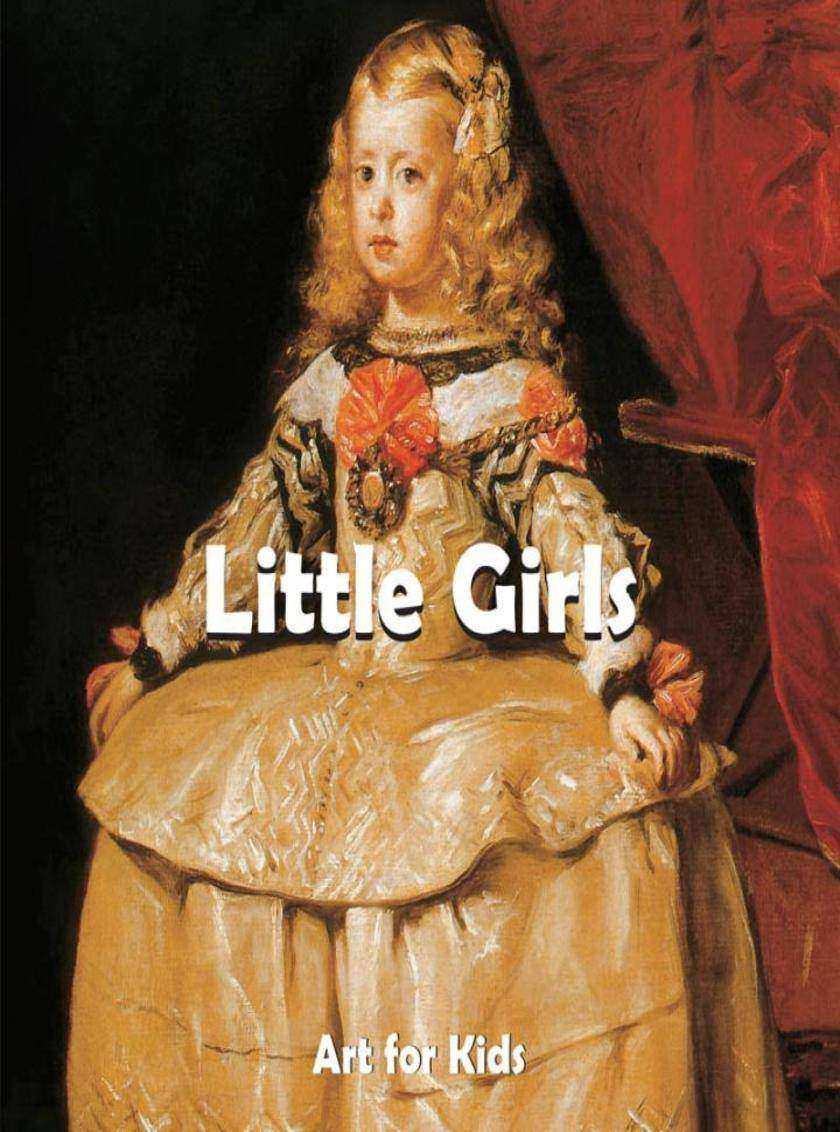
Little Girls
¥61.23
Ever since the ancient greeks sculpted the first kouros, children have been a source of inspiration for some of the world’s greatest artists. Whether portraits of their own children, friends, and family members, or a nostalgic psychological portrayal of the artist’s own youth, depictions of children in art remain arresting examples of an intersection between the picturesque innocence of childhood and the methodical work of adult artistry. In this delightful new puzzle book, children get a chance to see little boys and girls just like them as portrayed by great artists, learning about how children grew up throughout history while experiencing a genuine connection with works of artistic genius.




 购物车
购物车 个人中心
个人中心



